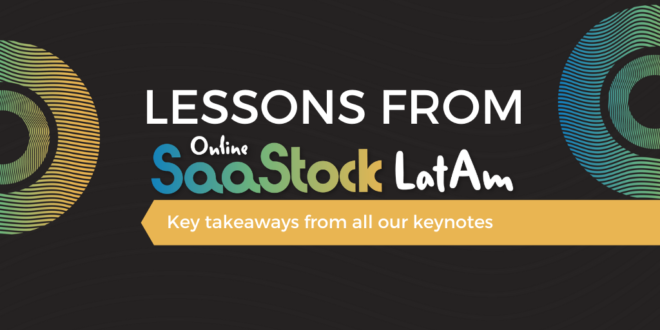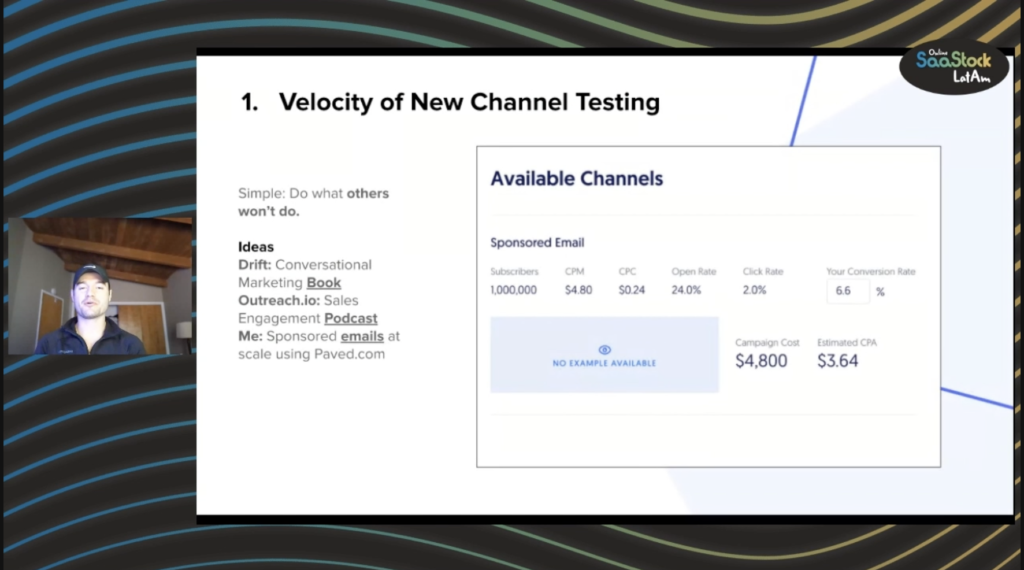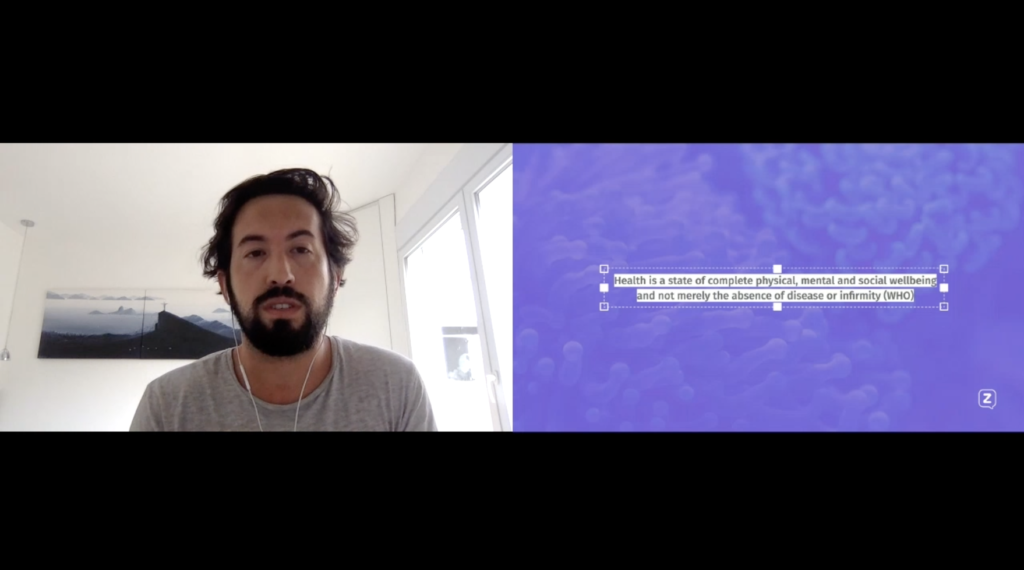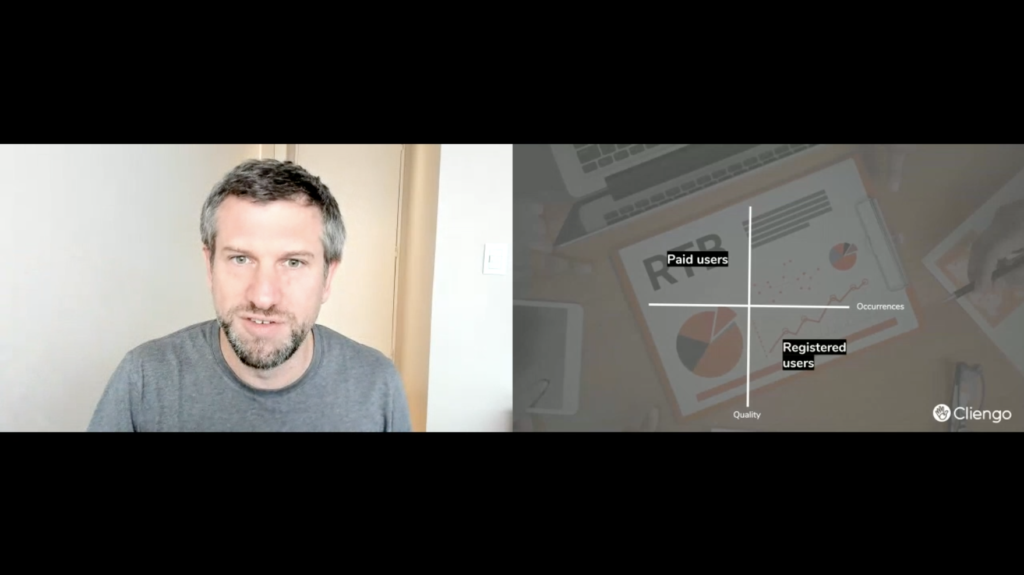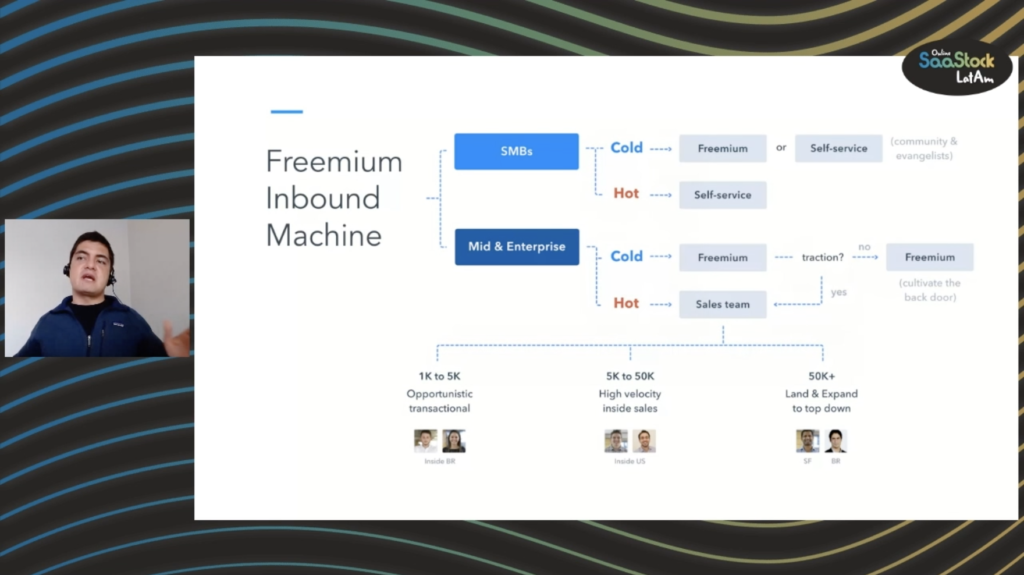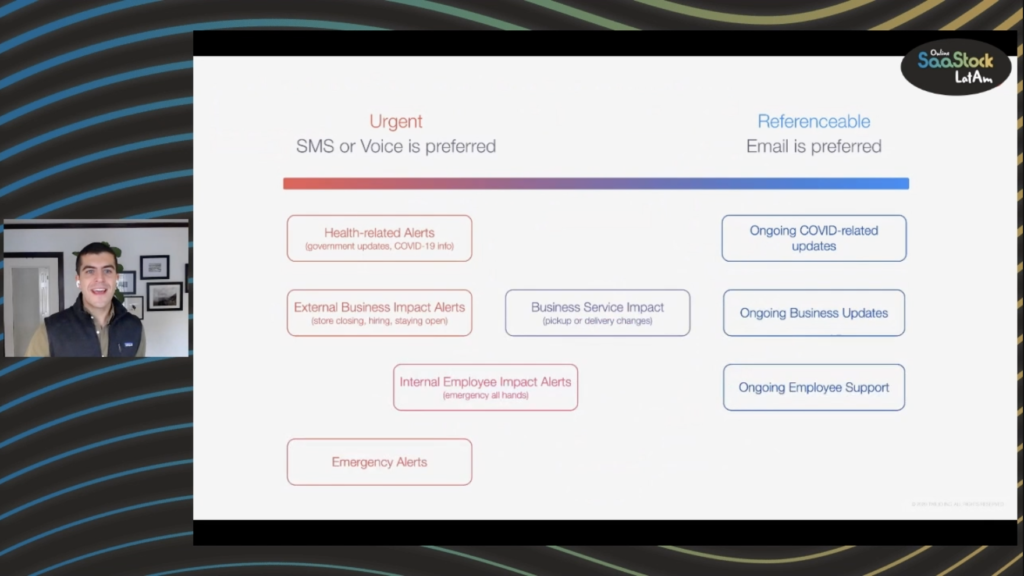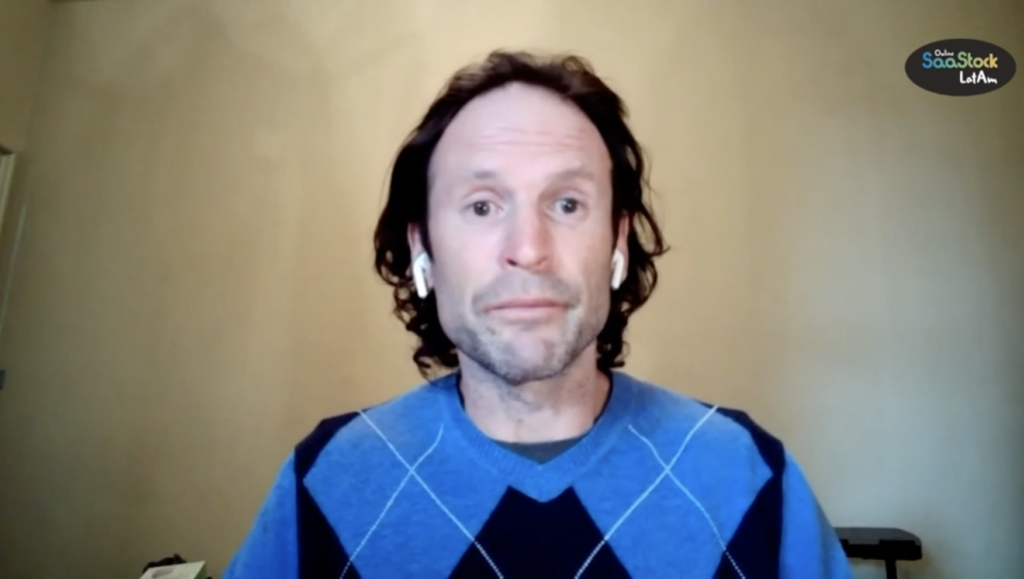In his opening remarks to SaaStock LatAm Patrick Arippol, the Founder of Alexia Ventures, said that necessity is the mother of invention. Overall, that is the message I took away from SaaStock LatAm. This year we’ve fast-tracked into a new way of working, globally. This has opened companies up to new employees and new customers. And given rise to the need for new technology. One thing the world has learned this year is that SaaS companies are a key component to helping employees work remotely during the pandemic, and beyond.
All of our keynote speakers at SaaStock LatAm focused on a common theme – embracing the changing world and finding new opportunities from it, and overcoming the unprecedented hurdles that these changes have thrown up.
Missed the conference, but want to watch the keynotes (and fireside chats, and panels) in full? Check out SaaStock.tv
Read on for a short summary of our keynotes:
Nathan Latka, CEO and co-founder of Founderpath – 3 New Metrics Top SaaS Founders Are Using to Build Sustainable Growth Engines
- Velocity of New Channel Testing. This means testing at least 3 new marketing channels every month to find the best.
- Replacing your focus on Gross Churn with Net Dollar Retention, and
- Instant Payback Periods. If you have high churn make sure you have an instant capital recovery product for your SaaS product so that you can recover some capital in the short term.
Rui Duarte Brandao, CEO and co-founder of Zenklub – Rework: Start an emotional revolution in your workplace
Rui is a medical doctor and founder of Zenklub. His talk was on starting an emotional revolution in the workplace to address the growing need for employers to pay attention to the wellbeing of employees. In times of change, this is particularly important because employees need to feel emotionally connected and invested in their company.
As managers, we have to give employees space to be open and vulnerable but we also need to listen. In practical terms, we can do this by holding meetings on employee wellbeing and providing education by inviting specialists into the workplace like coaches, therapists and psychiatrists.
Andres Snitcofsky, CEO of Cliengo – 7 ways to reach more customers with less cash
From digital marketer Andres Snitcofsky, we heard that in Latin America, being cash-strapped is the norm for startups, so he shared seven pieces of advice for reaching more customers with less cash:
- Make every peso count by optimising your digital campaign towards the most predictable and highest revenue generator
- Feed the right data about your customers into your algorithms to determine your digital marketing campaign
- Build great onboarding experiences
- Use data to prioritise your efforts. Cliengo used data and machine learning to predict who will upgrade and focused sales efforts on those users
- Use data to diversify your digital content for different customers
- Be open to learn from new customers
- Be closer to your customers than ever
His final bit of advice for startups facing our new global economic climate was ‘embrace the chaos’.
Alessio Alionco, Founder and CEO Pipefy – The Secret to Selling Internationally from LatAm
Alessio Alionco shared the secrets behind Pipefy’s global product-led growth strategy and how others can replicate it. Key to its strategy is taking a product-first approach rather than a sales-first approach. This means your sales motion should begin with nailing a great product, then focusing on customer success and finally, sales.
Your product should solve one big problem and you should be the best at it. This ‘problem’ should be a global issue that you can solve better than your competition and for a specific type of customer. So, be the best on a handful of things instead of piling up features. You should remain in the shadows and let your product speak for itself and only then go big on sales. And, your focus should be on a global market from Day One.
Dave Esber, Product Marketing Manager at Twilio – Building Digital Relationship Through Communication
What does it mean to build meaningful digital relationships with customers? This was the question Dave Esber answered during his talk. Businesses are finding the divide between business and consumer greater than ever because of the lockdown caused by the pandemic, yet it’s also easier than ever to engage consumers through technology.
There is a huge opportunity to engage more potential customers but businesses need to be mindful of the principles of meaningful communication: Your customers have to trust you and you have to respond to their needs; Using third party verification is an effective way build trust; You should be proactive in finding out from your customers what they want to hear from you and when; Your customer journey and consumer preferences have to be your North Star.
Aaron Ross, Co-CEO of Predictable Revenue – The End of Predictable Revenue
Aaron Ross is most known for his book Predictable Revenue. His talk was about how to generate revenue in an unpredictable world. His solutions focused on sales tactics. You should be specialising your sales people by identifying the main jobs that need to be done and specialising your people so that everyone is doing fewer things better. At the same time you should create at least one other quality channel of lead generation which can carry you through the next 12-18 months.
But it’s not just about your team. Invest in yourself as a person and as a CEO and seek feedback from your peers. Embrace the mindset of an entrepreneur and start seeing problems as an opportunity.
—
Missed the conference, but want to watch the keynotes (and fireside chats, and panels) in full? Check out SaaStock.tv
